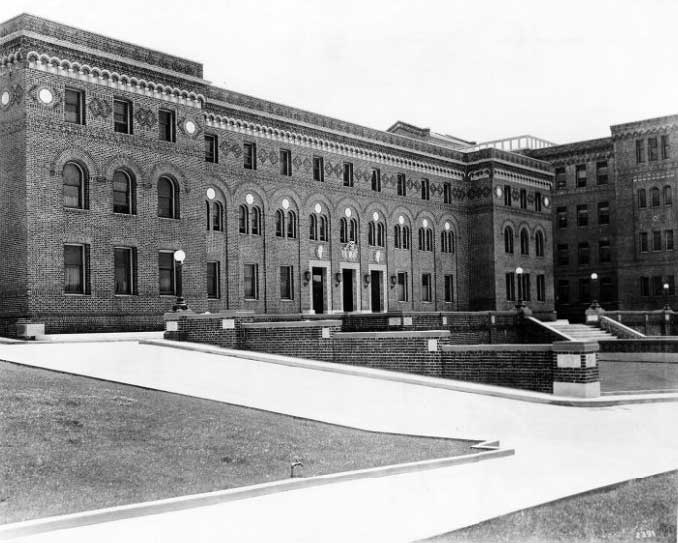About California’s Public Health Care Systems
The History of California’s Public Health Care Systems
California’s public health care systems have a long history, predating California’s statehood itself.
The first public hospital, now known as Natividad Medical Center, was established in 1844 under contract to the Mexican government on the outskirts of Monterey. In 1850, the year California became a state, San Francisco set up a temporary hospital to deal with a cholera outbreak and would make the hospital permanent in 1857. Over the next few decades, Los Angeles, Alameda, Santa Clara and San Joaquin would all open county hospitals.
By 1914, almost every county in the state ran a hospital as part of a state-mandated obligation for counties to “relieve and support” those with no source of care. This responsibility was codified in 1933 through Section 17000 of the state’s Welfare and Institutions Code. In 1964, there were 66 county hospitals in the state.
In the decades since, most of these hospitals have either closed or been converted into private hospitals. A few have remained public institutions by becoming University of California medical centers.

Although public health care systems account for only 6% of hospitals in the state, they serve more than 3.7 million patients annually and operate in 15 counties where more than 80% of the population lives.
Our Members Today
Today, California’s 17 public health care systems span the northern and southern portions of the state. Primarily serving those from historically marginalized communities, public health care systems’ mission to serve anyone who walks through their doors regardless of insurance status, immigration status, ability to pay, or other circumstance, has never been stronger.
Although public health care systems account for only 6% of hospitals in the state, they serve more than 3.7 million patients annually and operate in 15 counties where more than 80% of the population lives. As major Medi-Cal providers, public health care systems have led the way in delivery system transformation, utilizing state and federally funded programs, to ensure the delivery of high quality, integrated, and equitable health care.
Most recently, the COVID-19 pandemic has shown yet again how essential public health care systems are in their communities, not only during public health crises, but every day. With steadfast conviction, public health care systems continue to honor their mission and serve their communities, providing compassionate and high-quality care to all.